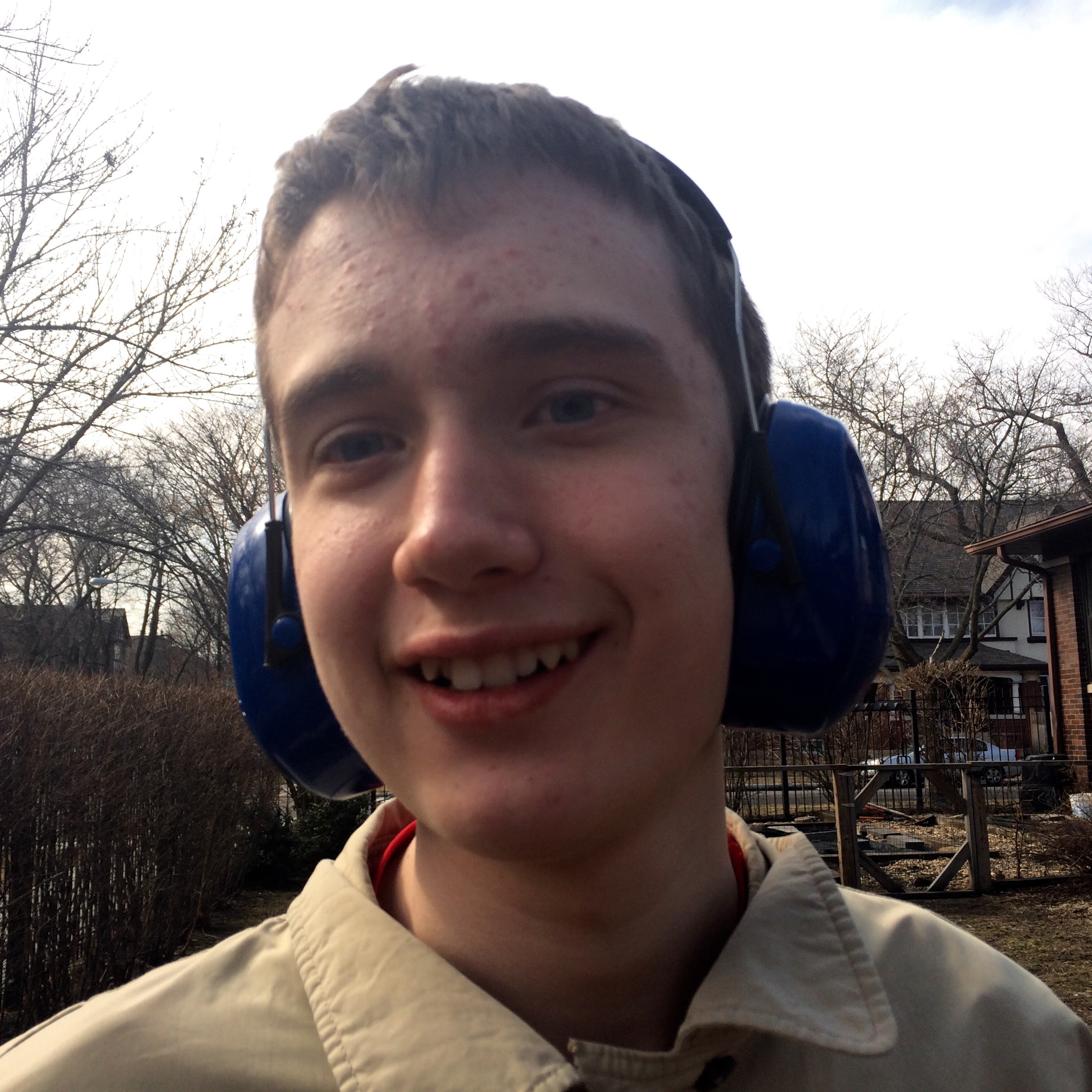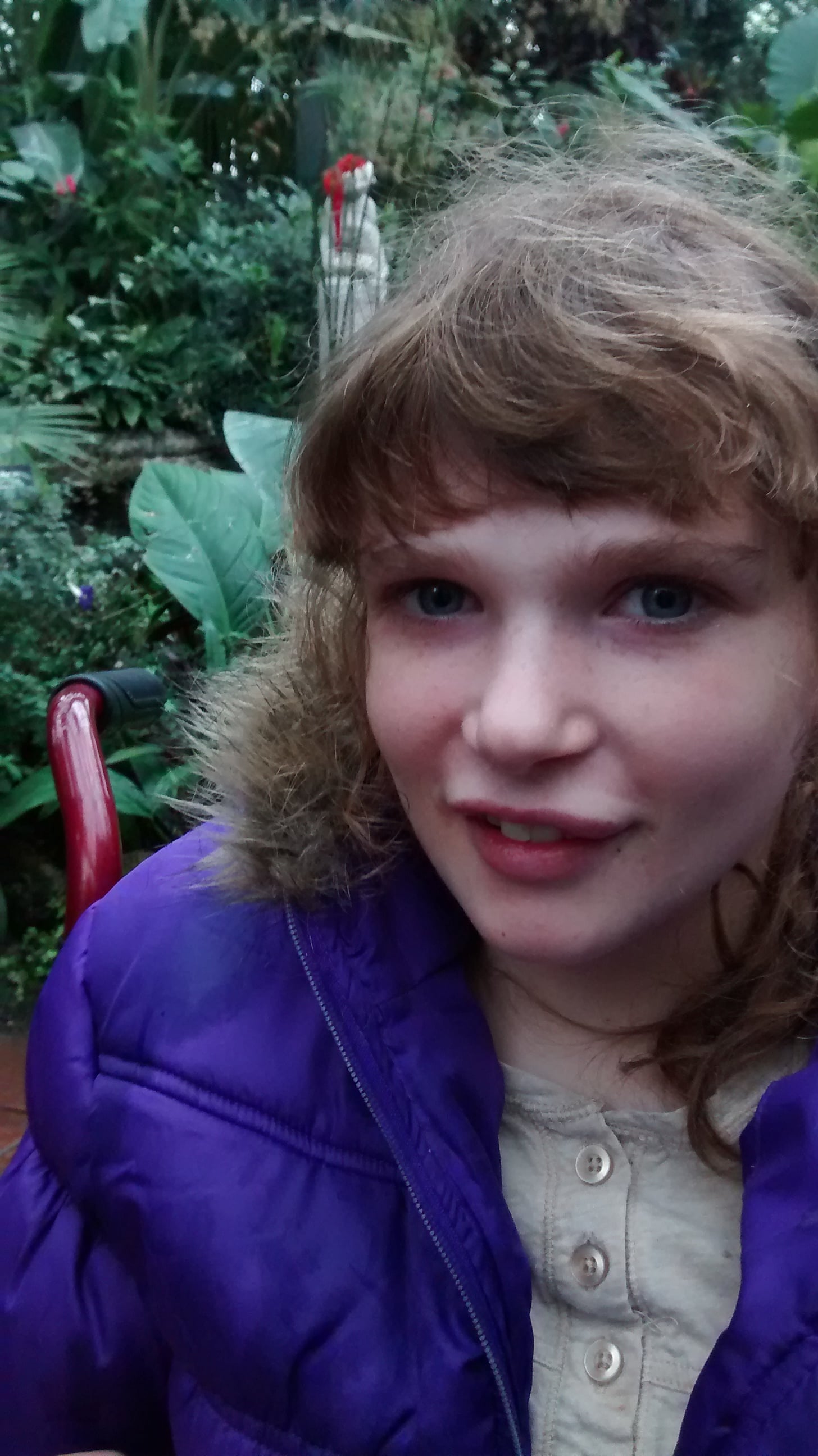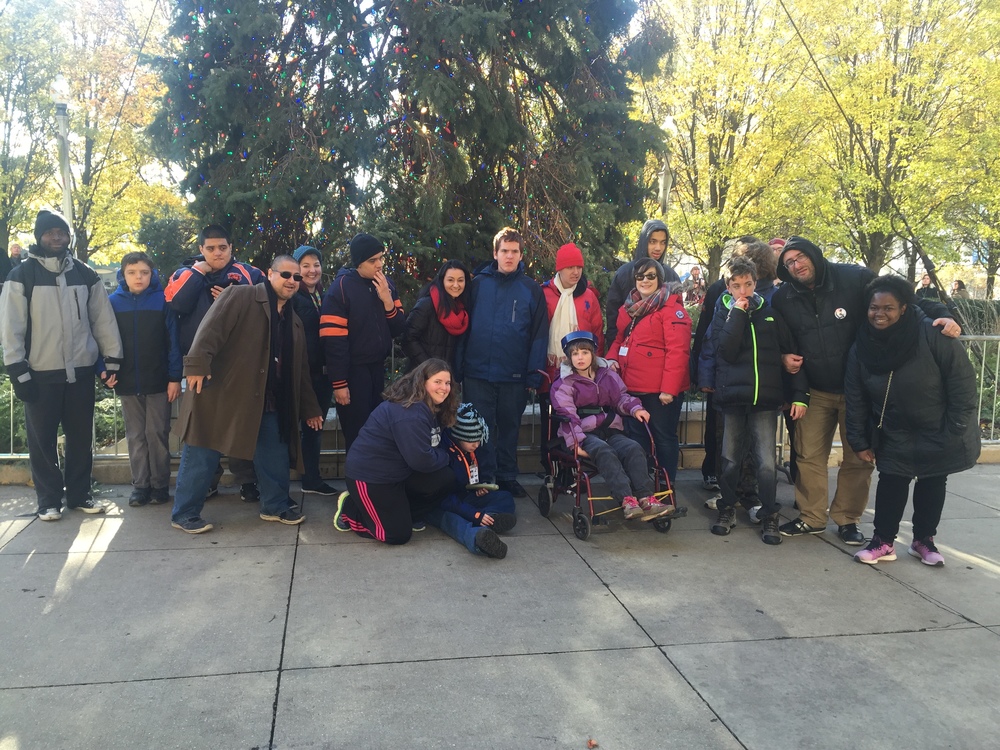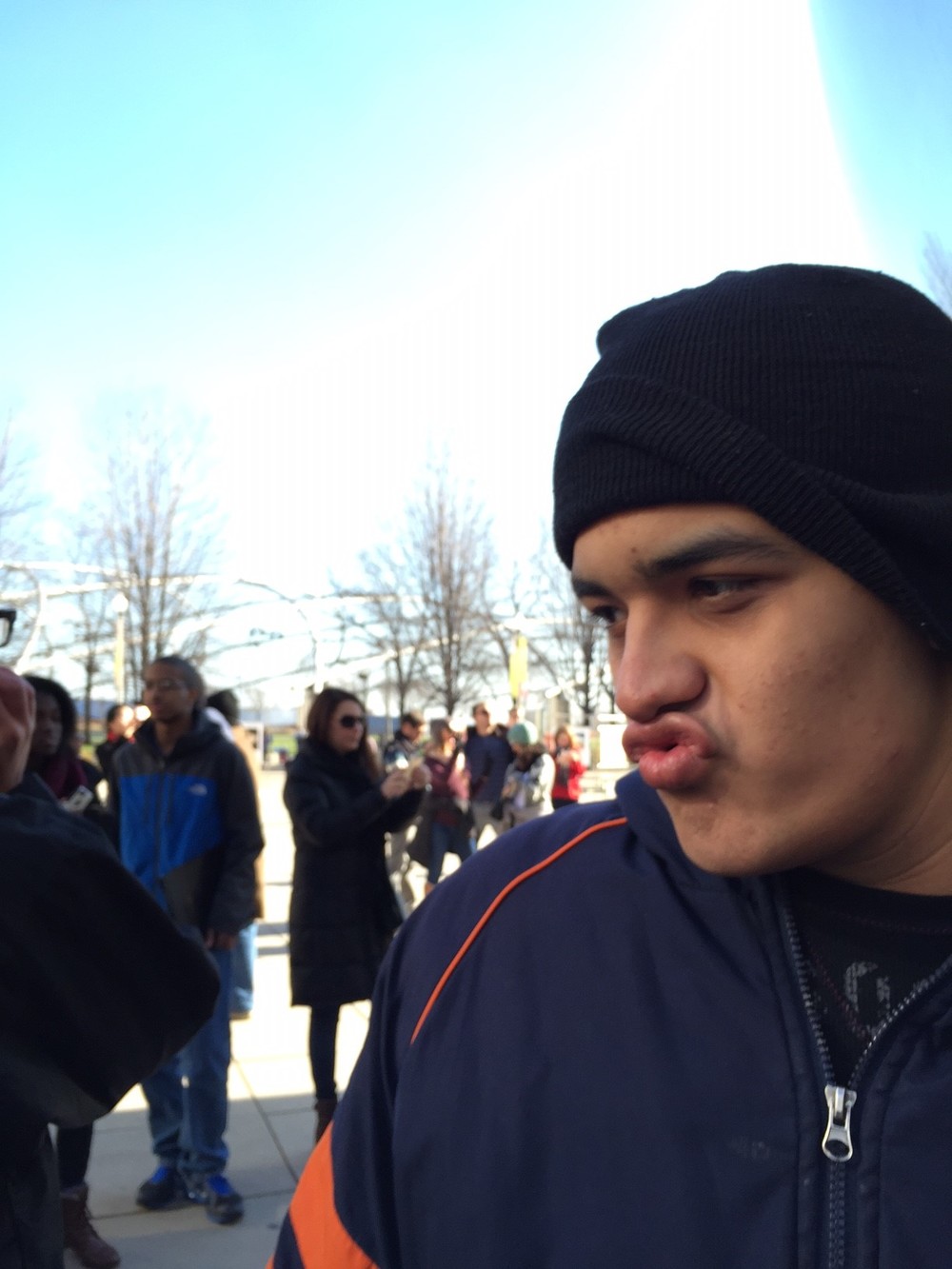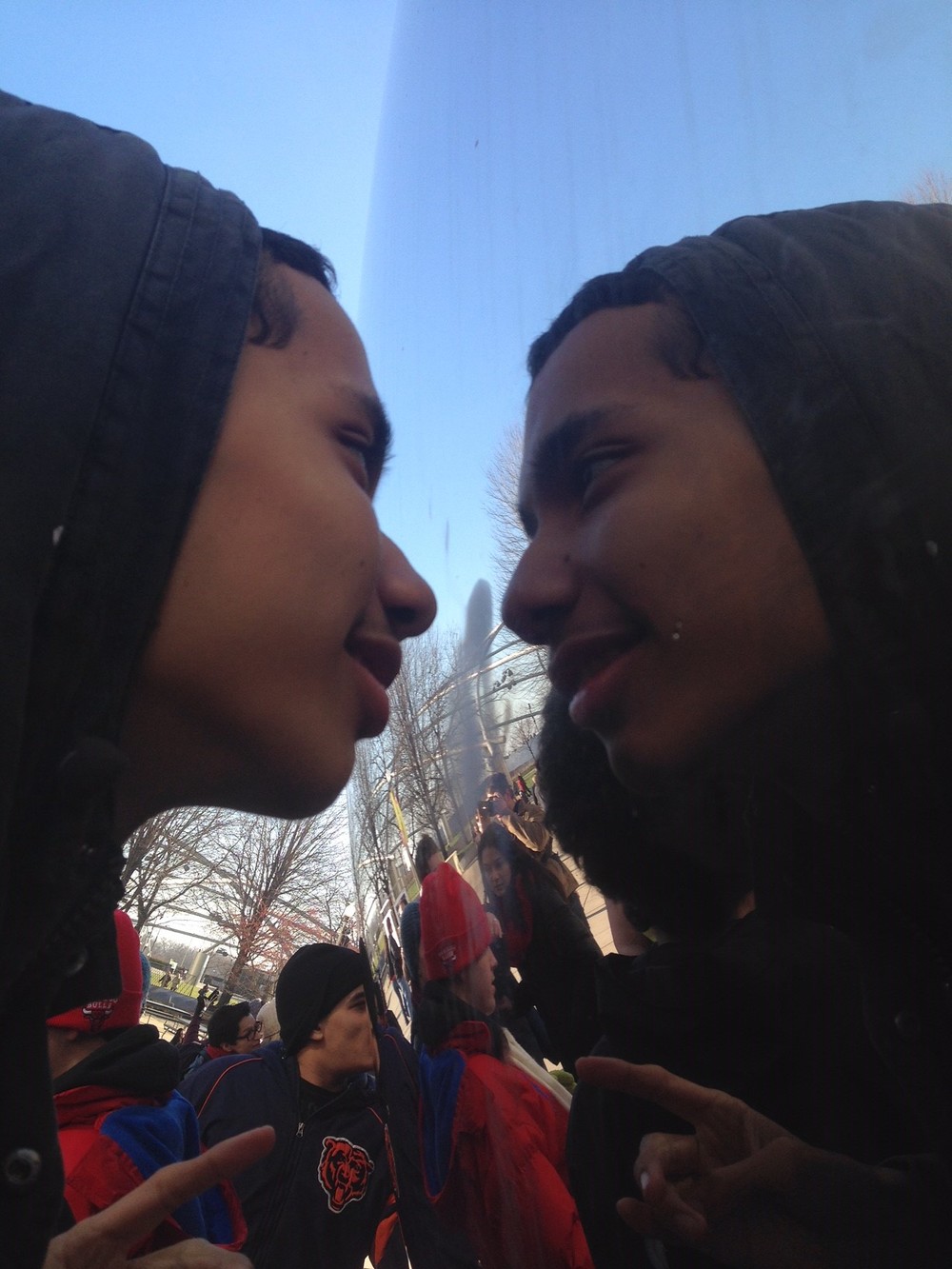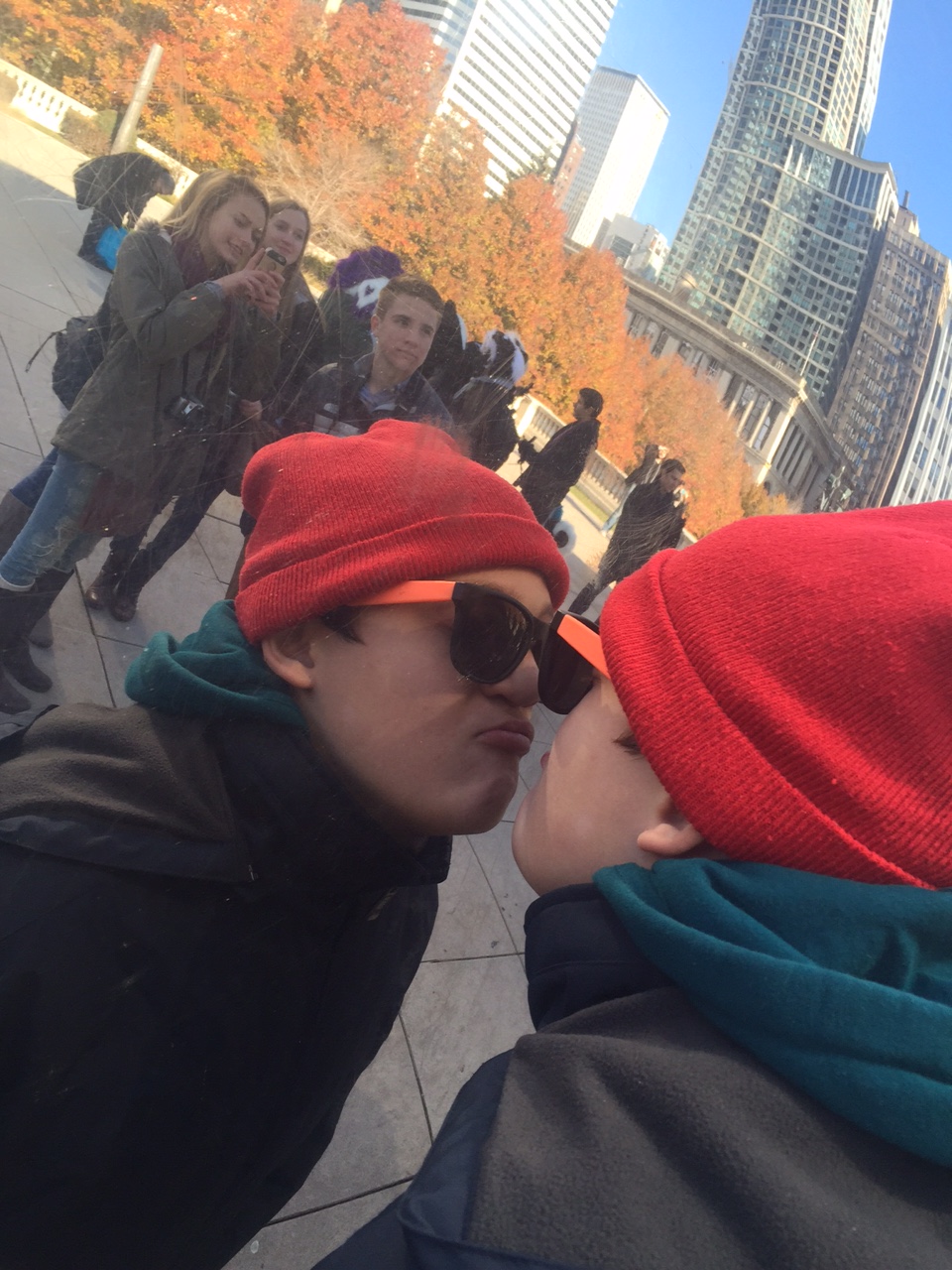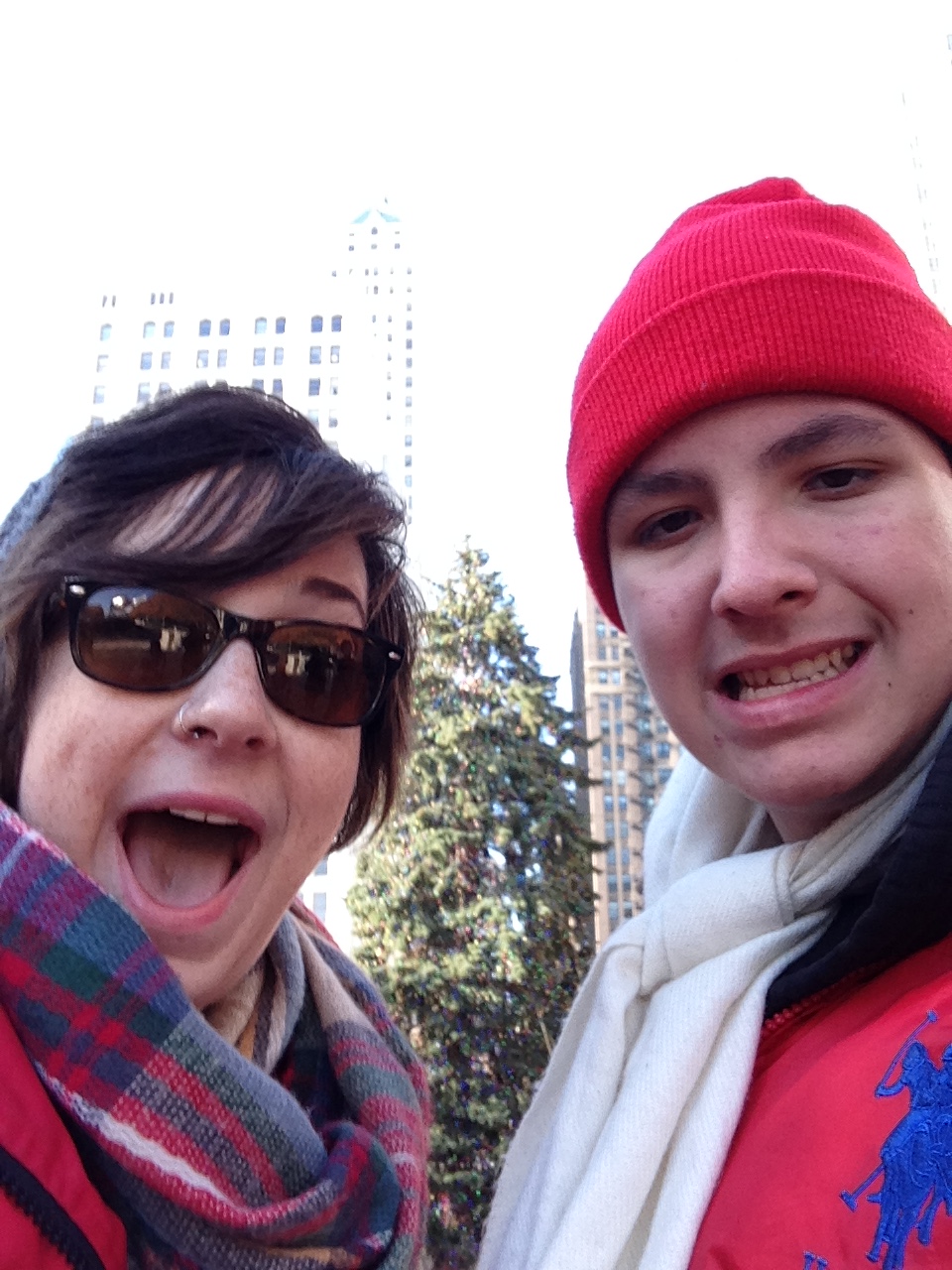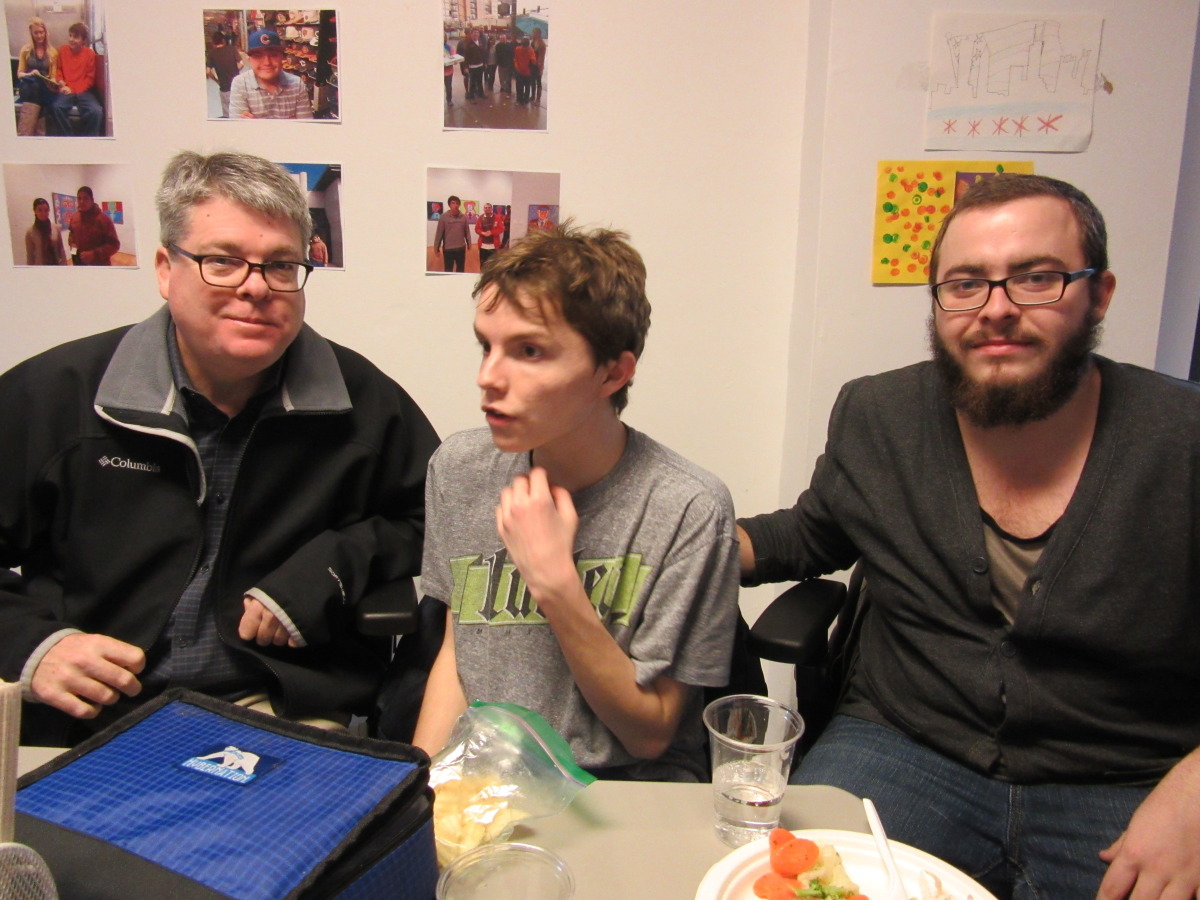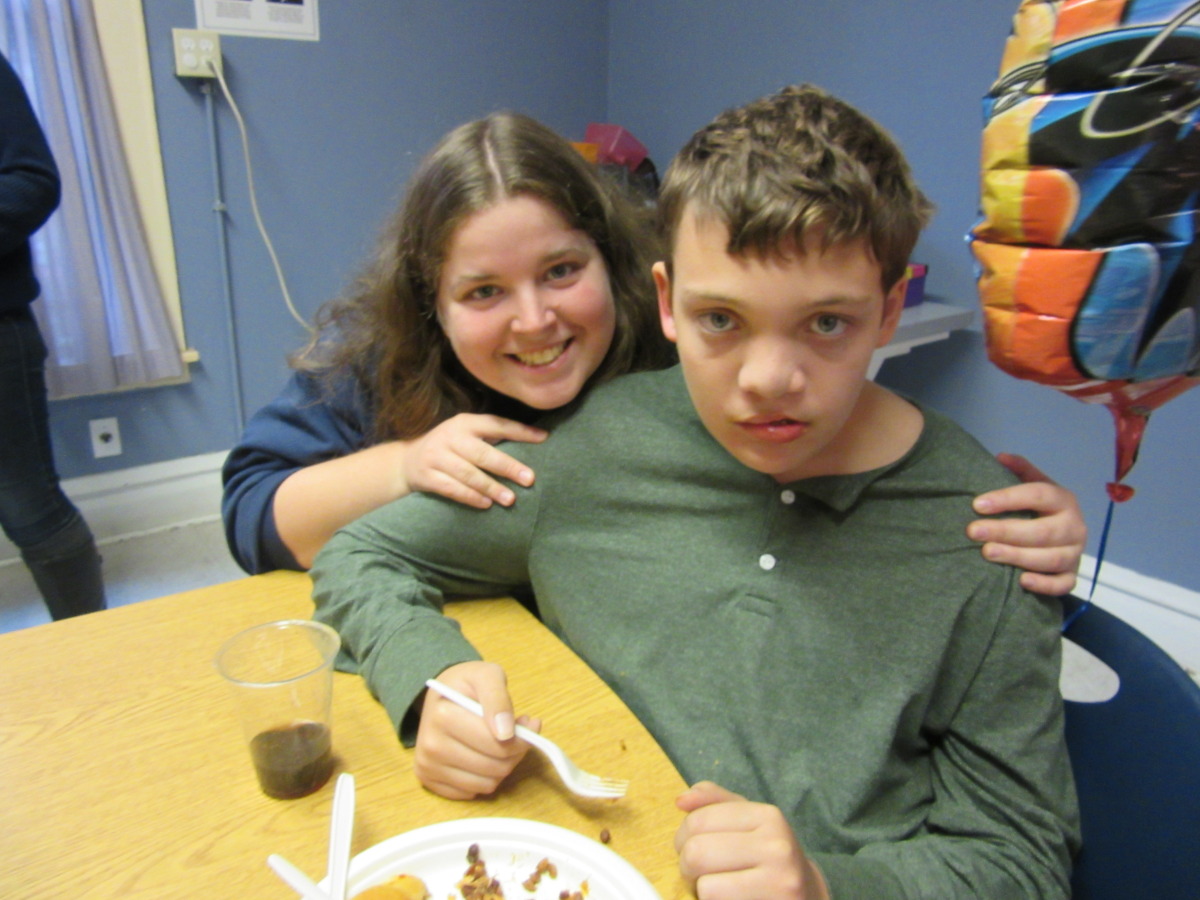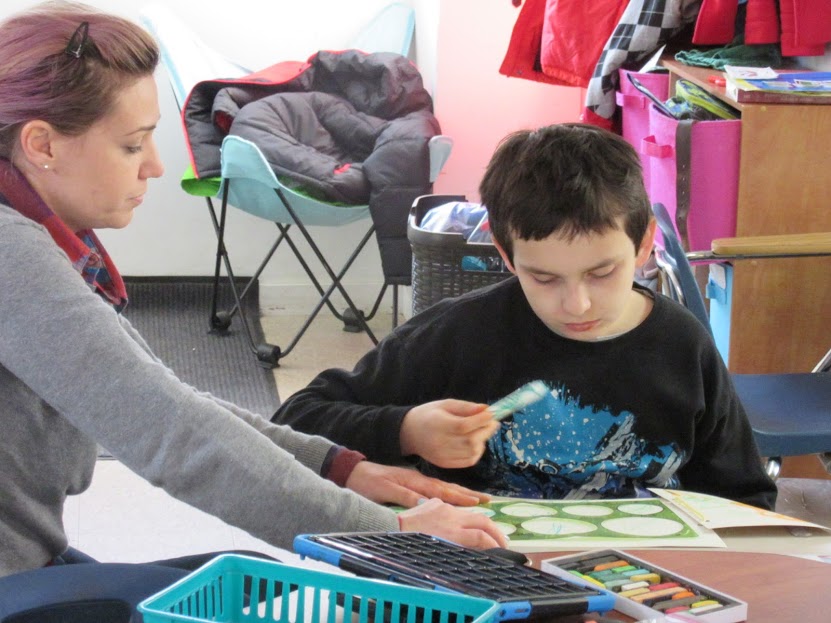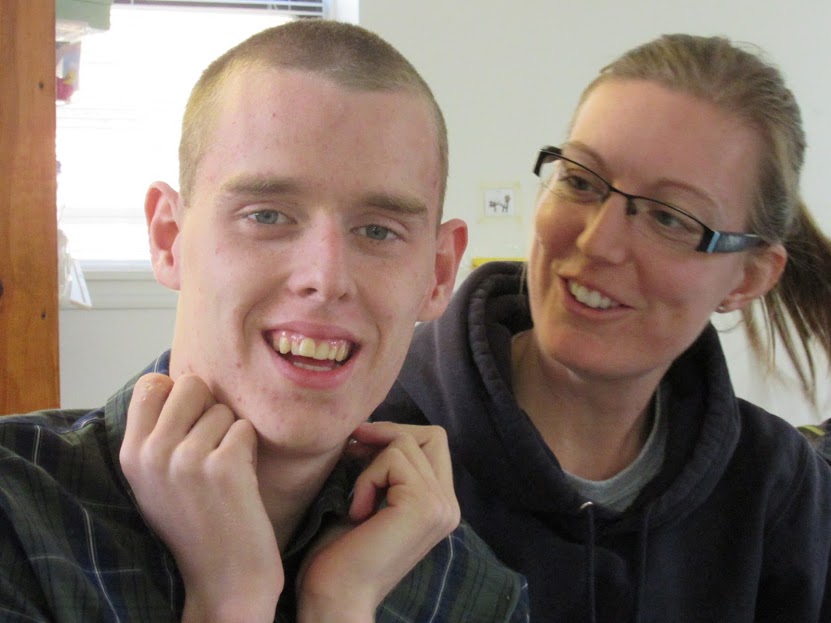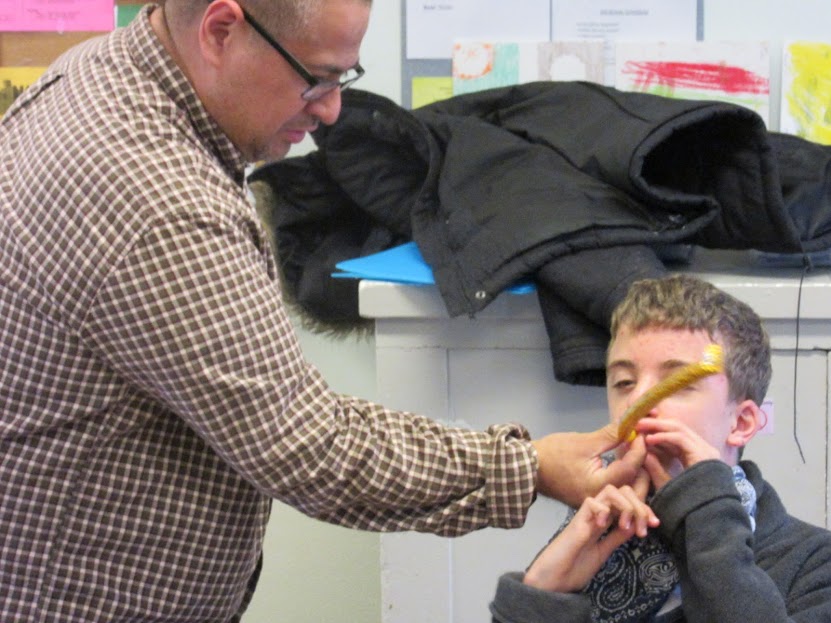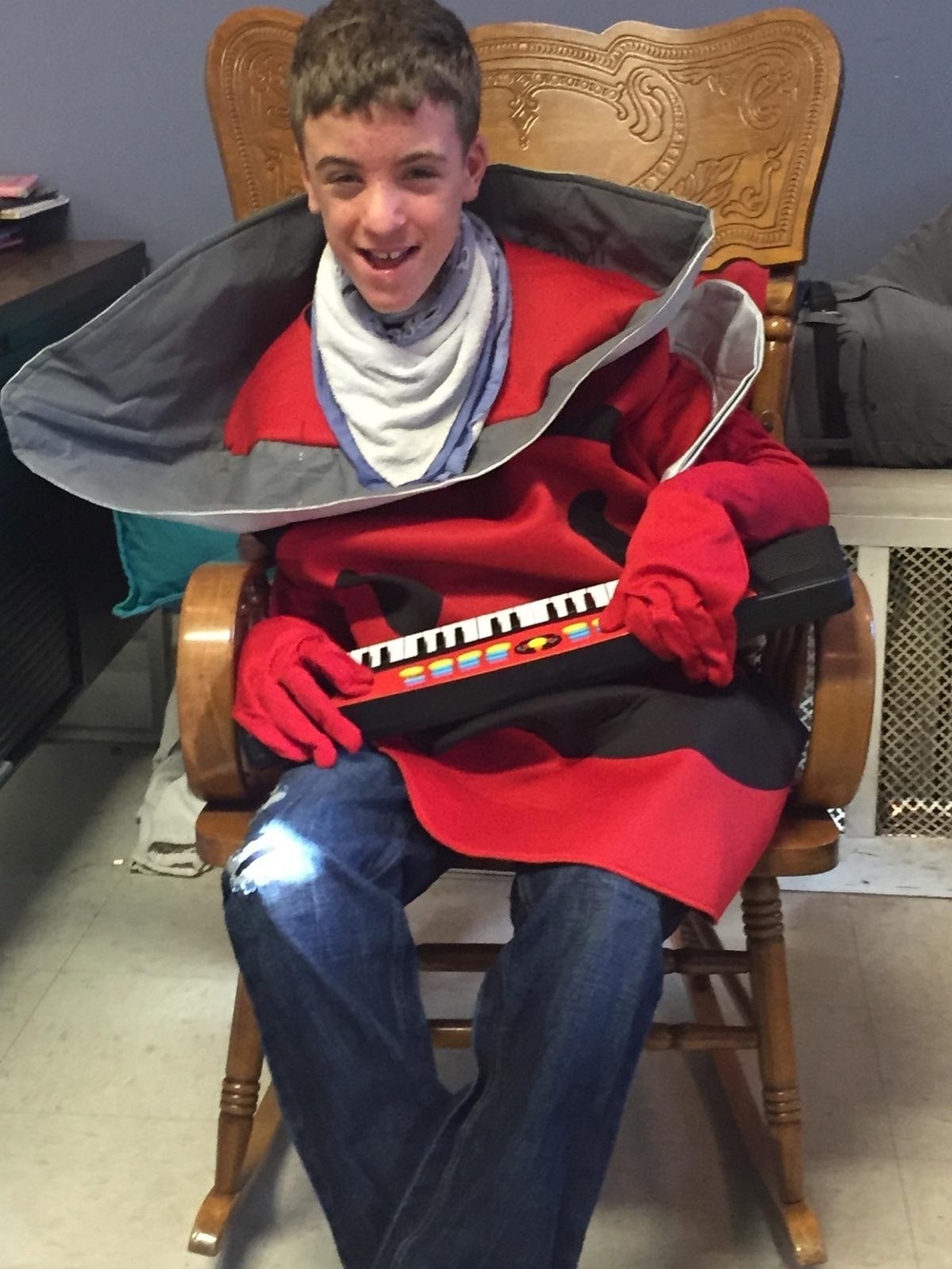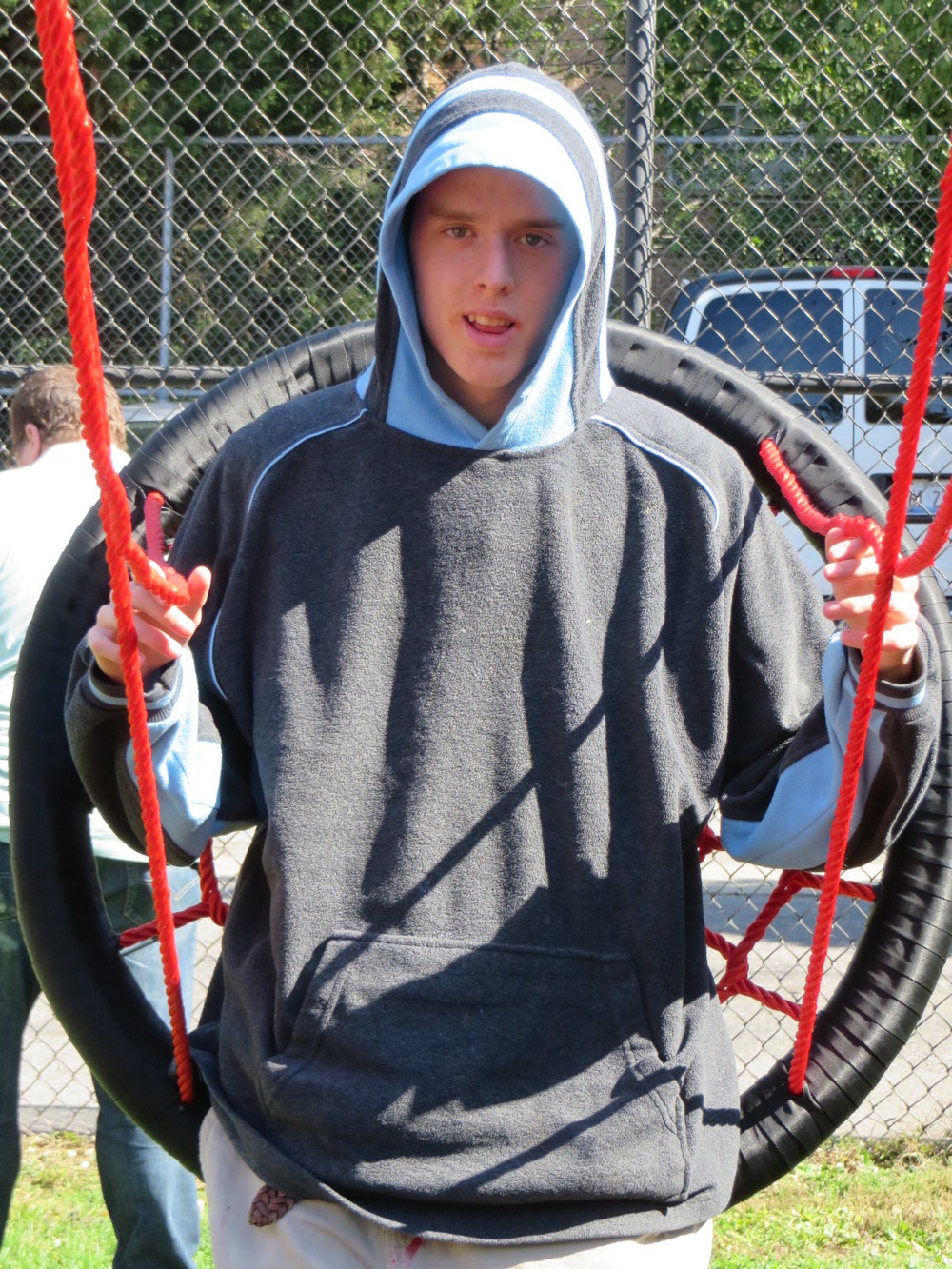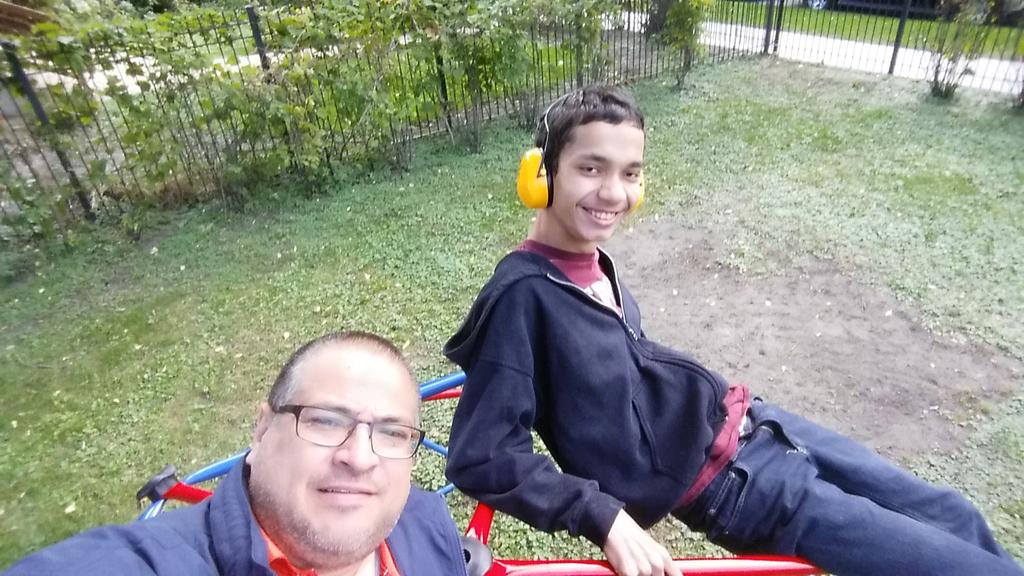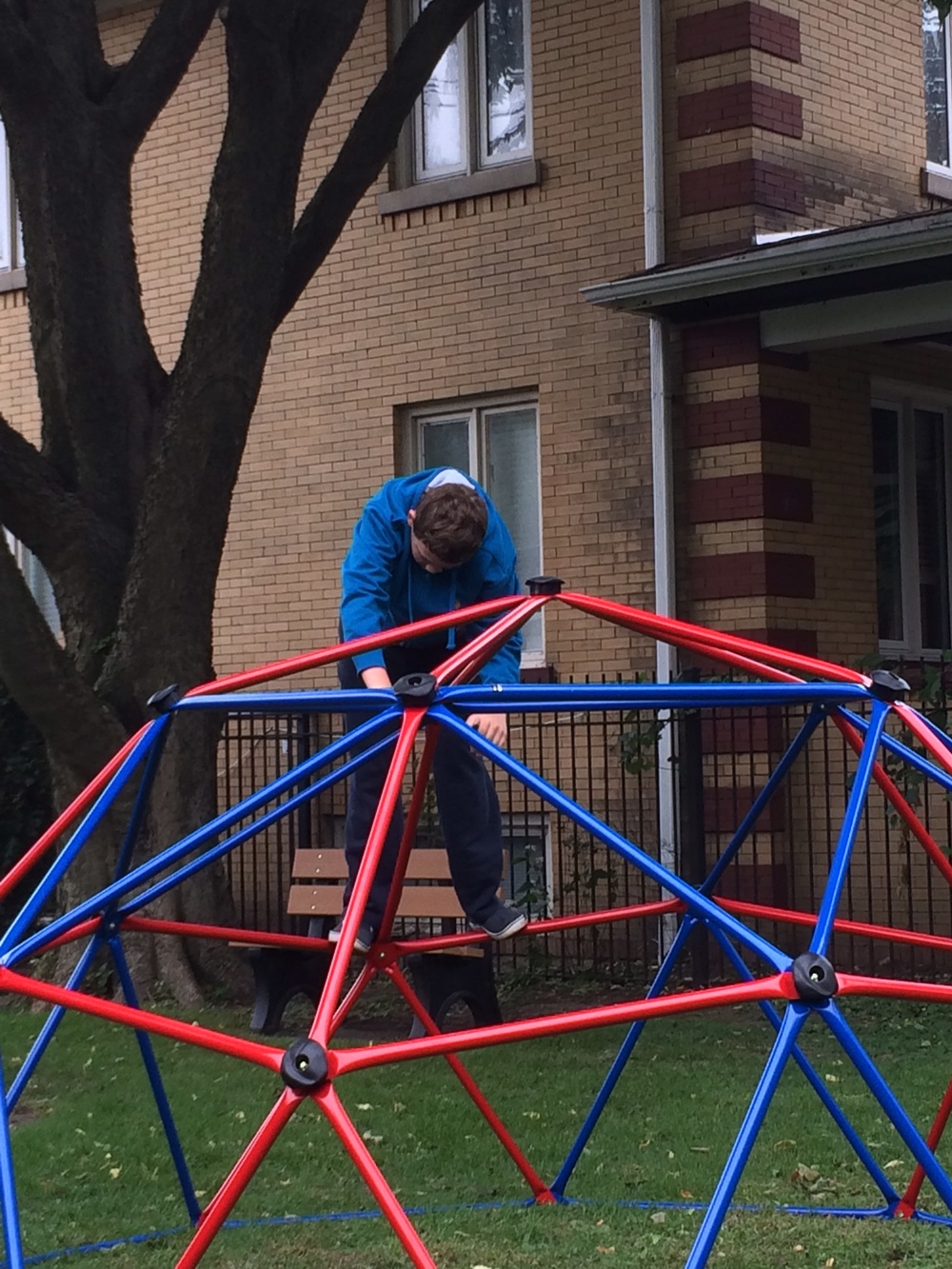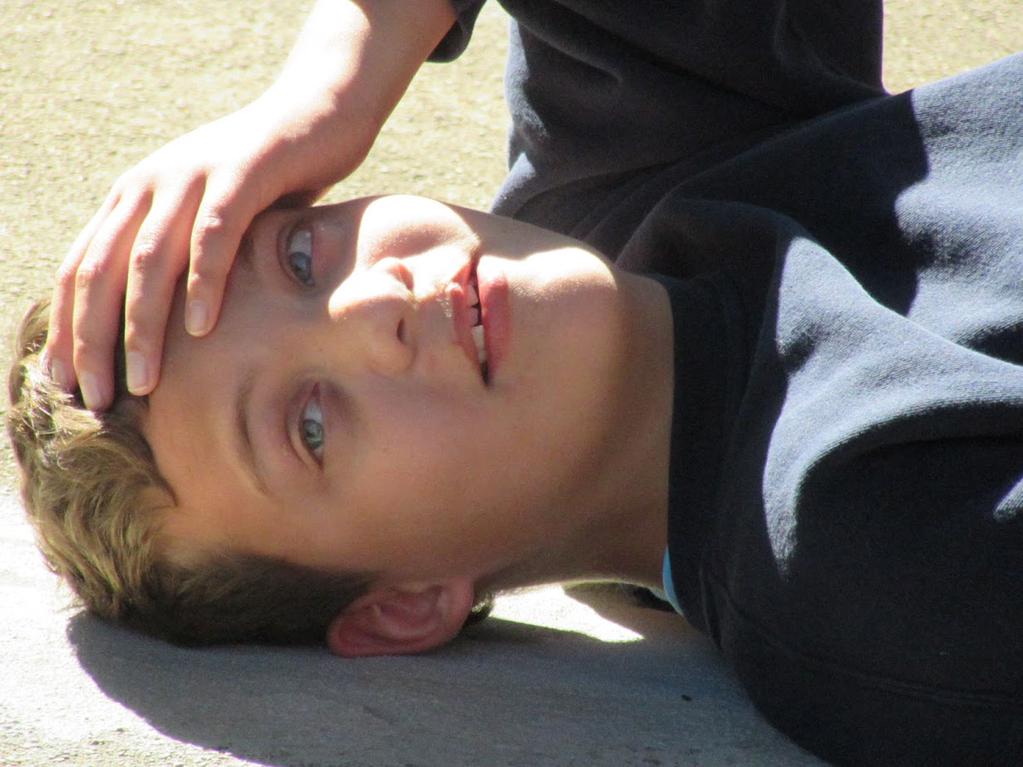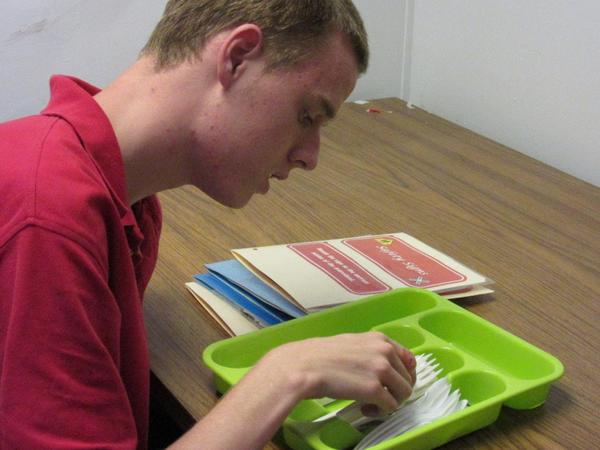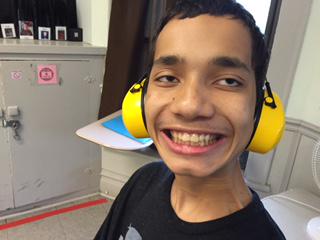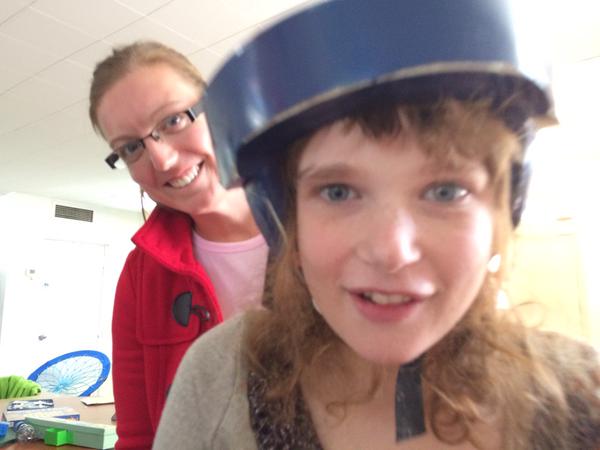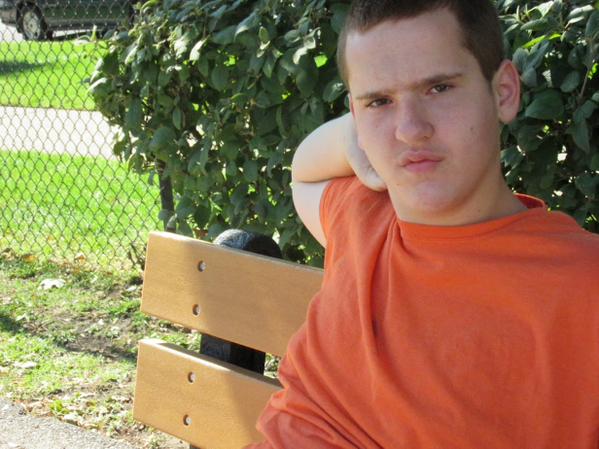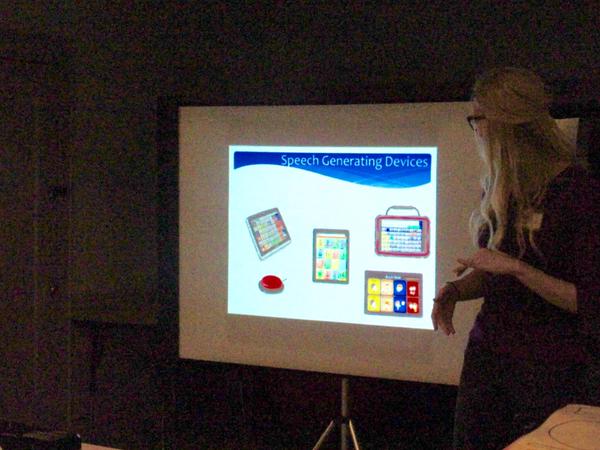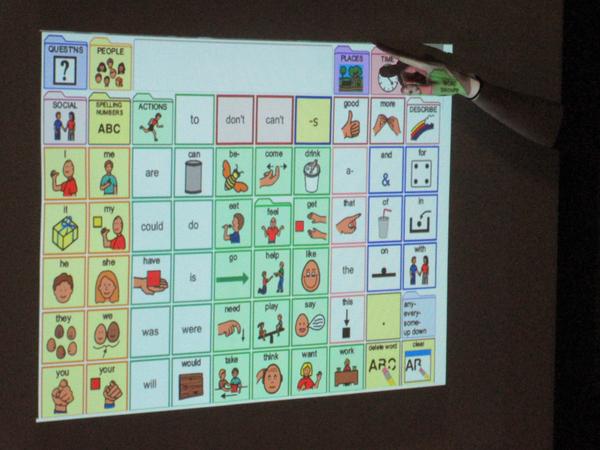 This week, we took a change at something new - on online discussion opportunity for parents. The topic? Transition! Thank you to all the parents who participated in the chat live, to those of you who sent questions in advance, and to PACTT's transition specialist, Lauren Mucha, for being our expert-of-the-day! The questions and responses from both chats are below.
This week, we took a change at something new - on online discussion opportunity for parents. The topic? Transition! Thank you to all the parents who participated in the chat live, to those of you who sent questions in advance, and to PACTT's transition specialist, Lauren Mucha, for being our expert-of-the-day! The questions and responses from both chats are below.
Question: If you child does not get into an adult CILA by age 22, what options are available for day programming, when does the planning start?
Response: For someone graduating soon, you can look at only day program options in case a CILA placement isn't available right at graduation. As far as timing, you can be planning both at the same time. I'd recommend you discuss this with your PAS agent.
We have done a Plan A, Plan B type planning with students. Plan A would be what you ideally want to happen, for example living in a CILA and attending a day program. Plan B would be to come up with an alternative in case that doesn't work out, like living at home and attending a day program.
Question: Can you be put on a waiting list for a CILA? If so, when?
Response: Yes, some agencies have waiting lists. Someone can be funded for a CILA at age 18, but typically can stay in a children's home until the day before turning 22.
Follow-up: Does PACTT have a CILA waiting list?
Response: Yes. PACTT does have a waitlist for CILA placement. Our adult voc program has current openings, but would have a waitlist if it became full.
Parent Question: How long do you have access to a PAS agent?
Response: You will always have the PAS agent.
Follow-up Q1: At the same agency?
Response: The ISSA services, which include the yearly ISP and quarterly check in visits only happen while receiving services. Assessing needs and finding placements when someone is funded are done by the PAS agent, even when someone isn't receiving services. The PAS agency depends on where the person is living. So, for residents of PACTT childrens homes, for example, it's Suburban Access. If someone moves to a home in Chicago, the PAS agency would change to CAU (north side) or CSO (south side).
Follow-up Q2: How does the annual ISP get done if your child is living at home?
Response: The ISP would be at your home or at the day program, depending on what services the person is getting.
Follow-up Q3: How long does it take to get a new PAS agent? When should the planning start for that?
Response: As soon as you're thinking that might be an option, talk to your current PAS agent. They transfer cases between agencies fairly regularly, and should have an internal process for that
Question: Do I really have to register my 18-year-old son for selective service?
Response: Yes. It’s the law. Our students won't qualify for military service, for many reasons, but it can affect other govt benefits if you don't register.
Question: When I'm looking for an adult day program for my child, what questions should I ask?
Response: What does a typical day look like? What activities/classes/programs are available each day? Do participants go in the community? Do they have vocational training or work experiences? What are the hours? Are there flexible scheduling options? How many participants are in the program? How many participants are in each room/group? What is the ratio of staff to participants? What type of transportation is provided?
If you go to observe a program, see if you can picture your child there and if it seems like a good
match. Watch how staff interact with participants. Do the participants seem happy? If you think about it, they're similar questions to the ones you asked when you were looking for the right school ...
Question: Does my child NEED to attend his IEP?
Response: It’s a legal requirement for students to be invited to IEP meetings that involve transition planning, but they aren’t required to attend. It is their life that we are planning for though, so it’s important that we involve them in that process as much as possible. Attending the meeting is a great way to build self-determination skills for a lot of students. However, some students do have a hard time sitting through the entire meeting, seeing their parents during the school day, etc. We can work on other ways to include them without making them sit through a meeting. Some students create Powerpoint presentations that can be shared with the IEP team. Sometimes students may come to the meeting, and then listen to their headphones or draw while we talk ...
Question: How do students get connected to adult services?
Response: The first step is to contact their local Pre-Admission Screening or PAS agency to complete the PUNS questionnaire. PUNS stands for Prioritization of Urgency of Need for Services. The PUNS questionnaire determines what services, including adult services, your child might need now or in the future.
Question: What options are available for daytime programming?
Response: There are day programs funded by DHS for adults with developmental disabilities. Developmental Training or DT is a type of day program with activities and skills training and sometimes volunteering. Sometimes there is a community component or sometimes DT programs are mostly activities in a center. PACTT's adult program is a supported employment program or SEP. They find jobs for the participants in the community and provided supports like job coaching to help participants do the job.
For more information on transition planning, or to talk specifically about your PACTT student, please contact PACTT Transition Specialist Lauren Mucha at LMucha@pactt.org, or 773-338-9102 x2109.
Thanks again to everyone who was brave enough to join us on this inaugural chat! - Paula
![Exploring wind instruments]()

![Too cool for school?]()

![Hard at work]()

![So happy!]()














